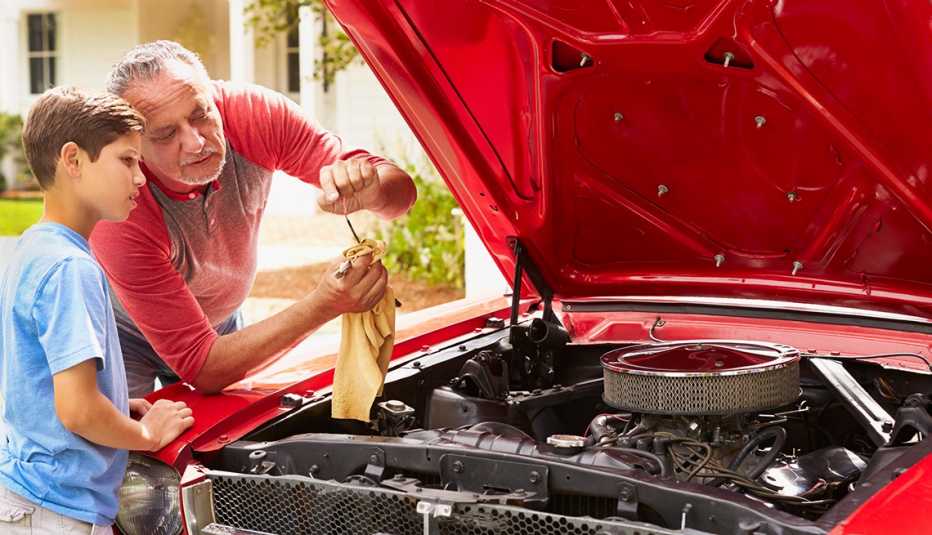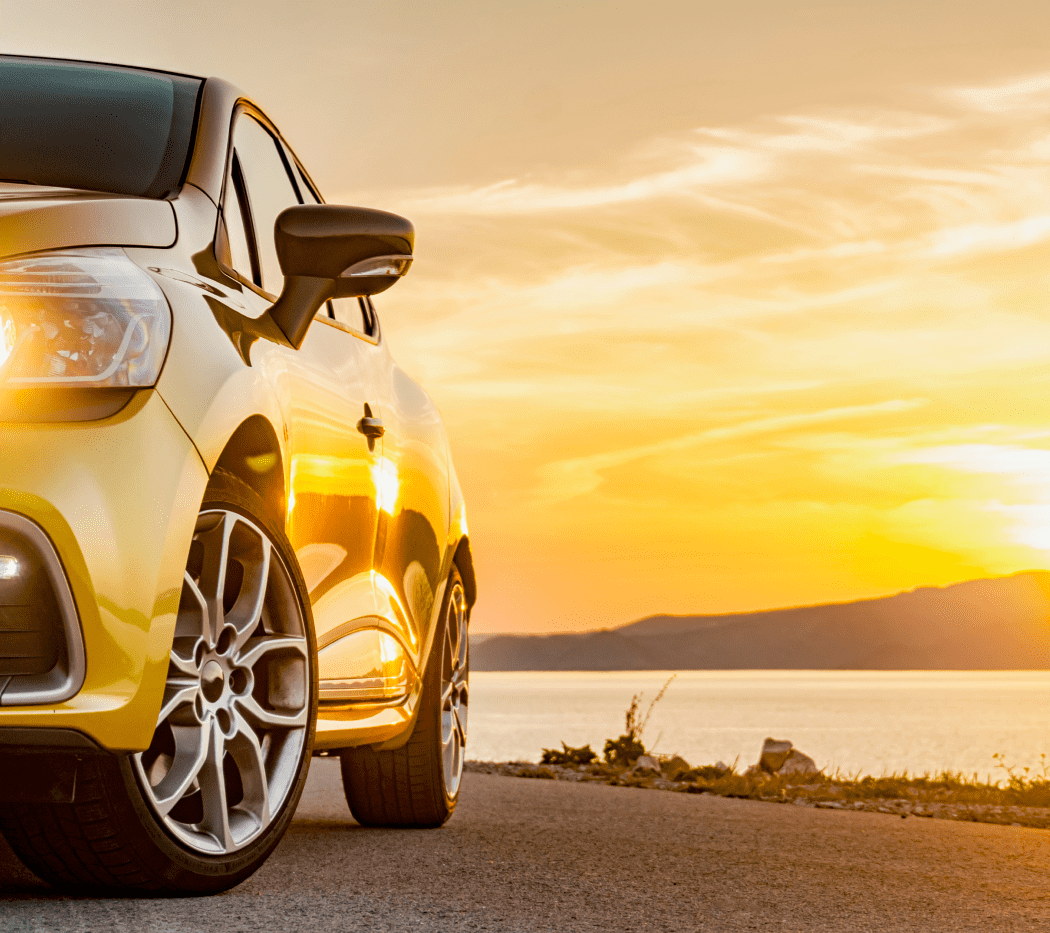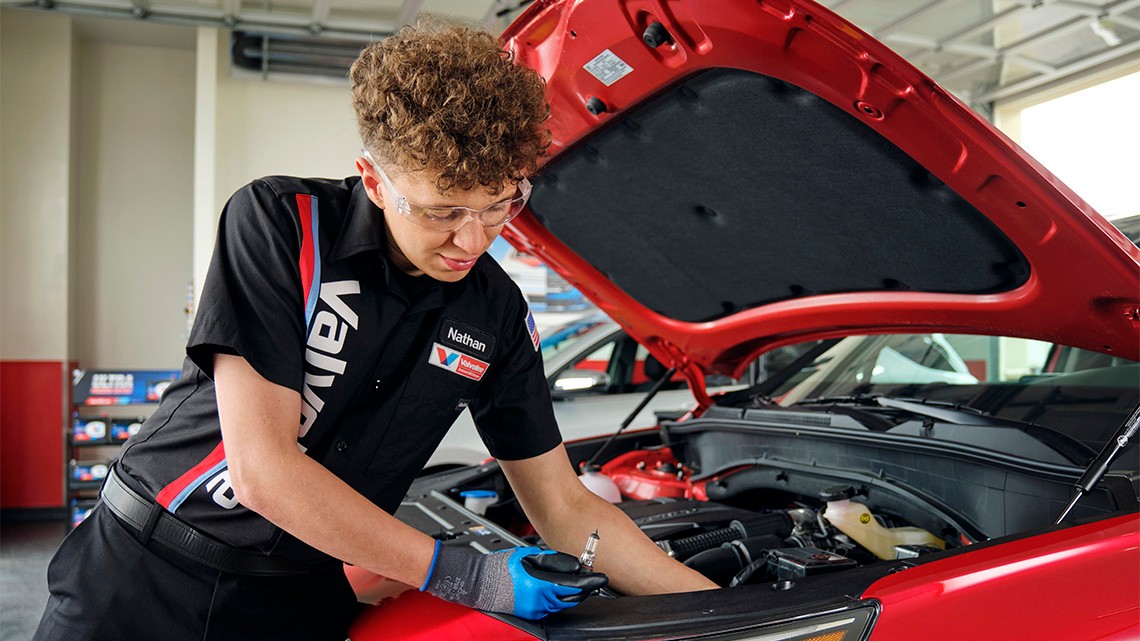Staying Fit


There’s a strong argument for buying a new or newish car, sporting a suite of automatic safety features that weren’t available in older models.
But there’s also something to be said for an older car. Perhaps you’re delighted by the lower insurance premiums that usually apply to vehicles with more mileage and, in places where it’s imposed, a lower personal property tax. Or maybe you simply like the old buggy — you know its quirks, and you trust it. Or maybe there’s a different reason.


AARP Membership— $12 for your first year when you sign up for Automatic Renewal
Get instant access to members-only products and hundreds of discounts, a free second membership, and a subscription to AARP the Magazine.
“It’s got sentimental value. I love my car because it used to be my brother’s,” Kristin Wong says on getrichslowly.org, explaining why she plans to drive her 2008 Toyota Corolla “into the ground.”
Whatever the reason, you’ll want to make your auto last. And that means keeping it fresh, dependable and desirable. “The big thing is routine maintenance,” says Heath Knox, master technician at Kenny Ross Chevrolet dealership in Zelienople, Pa., north of Pittsburgh.
“Make sure all the fluids are checked and changed,” advises Paul Danner, an automotive instructor at Rosedale Technical College in Pittsburgh.
Irv Gordon, a retired teacher from Long Island, N.Y., has driven a record 3 million–plus miles in his 1966 Volvo P1800S, mainly by following the book. “I figure that the guys who wrote the owner’s manual, the guys who wrote the service manual, they’re the guys who made the recommendations as to how long the parts were designed to last, and I just try to follow their recommendations,” he told Hemmings Motor News.




































































More From AARP
The Hype of Self-Driving Cars Versus the Reality
Autonomous vehicle technology more of a challenge than engineers originally thought